Table of contents
- Post-BFCM New Customer Retention: What Really Happened
- Post-BFCM RFM Analysis: Mapping New Customer Retention Patterns
- The Bigger Picture: Why Post-BFCM New Customer Retention Is the Real Growth Driver
- The Psychology Behind the Drop-Off
- The Lessons for Every Ecommerce Brand
- How AdScale Turns Customer Data Into Lasting Loyalty
- Final Takeaway
- Frequently Asked Questions
Post-BFCM new customer retention is now the real game-changer for eCommerce brands. Black Friday and Cyber Monday used to be the finish line. Now, they’re just the starting gun.
Every November, eCommerce stores brace for the storm, flash sales, record traffic, and a flood of new customers. But when the dashboards quiet down and the numbers settle, something else emerges: silence.
That silence isn’t seasonal fatigue , it’s the sound of opportunity slipping away. According to Shopify’s 2024 guide to customer retention strategies, brands that prioritize post-purchase engagement are far more likely to turn seasonal shoppers into long-term customers.
Because behind every “sold out” banner lies a hidden story. One that determines whether your brand will grow next year, or start all over again from scratch, and it all comes down to post-BFCM new customer retention.
At AdScale, we analyzed the RFM (Recency, Frequency, Monetary) behavior of new eCommerce customers acquired during BFCM 2024 to understand what happened in the months following, and what drives post-BFCM new customer retention. The data reveals exactly who came back, who disappeared, and what brands must do to turn first-time buyers into repeat customers.
This analysis reveals how eCommerce brands can turn one-time BFCM buyers into year-round loyal customers, and why AI-driven advertising is the key to making it scalable.
Post-BFCM New Customer Retention: What Really Happened
The numbers told three powerful truths:
- New customer acquisition surged during BFCM 2024.
- A large share of those new buyers have gone silent.
- Loyalty is possible, but only for brands that act fast.
Let’s break down what those insights really mean.
Post-BFCM RFM Analysis: Mapping New Customer Retention Patterns
An RFM heatmap segments customers based on how recently they purchased, how often they buy, and how much they spend. Each square represents a data point, and collectively, they uncover key insights into post-BFCM customer behavior.
We analyzed post-BFCM RFM data from an AdScale apparel client, following the performance of new customers acquired during BFCM 2024 up to the present day.
Champions & Loyal Customers
Who they are:
The standout success story. Over one in five new customers have already made multiple purchases or shown consistent post-purchase engagement. This group demonstrates strong buying frequency and high lifetime value, the foundation of long-term growth.
Insight:
These customers prove your BFCM campaigns didn’t just attract discount hunters, they reached people who genuinely connected with your brand and product experience. Still, even your best buyers can drift without intentional engagement, putting some at risk of slipping into “About to Sleep” status by Q1.
Action:
- Deliver exclusive ad campaigns that recognize loyalty, early access to new collections, first looks at limited editions, or personalized thank-you ads that reinforce emotional connection.
- Promote cross-category discovery through retargeting ads that feature complementary or premium products aligned with their past purchases.
- Build lookalike audiences from this group to attract new customers who share similar buying behaviors.
- Refresh ad creative frequently to keep engagement high and avoid fatigue among your most active buyers.
Takeaway:
Your Champions and Loyal customers define what success looks like, frequent, engaged, emotionally connected buyers. Every marketing strategy should aim to create more of them.
The ultimate goal for any brand is to guide customers toward the Champions segment – the top-right corner of the RFM map where loyalty and value meet. These are the shoppers who buy most recently, most often, and spend the most. Every campaign should move customers closer to this zone, turning first-time buyers into repeat shoppers and reactivating those who’ve gone quiet.
By focusing ad spend on this upward journey, brands build a loyal, high-value customer base that fuels long-term growth and authentic word-of-mouth.
Loyal Customers
Who they are:
Your Loyal Customers are the steady heartbeat of your brand, consistent buyers who return regularly and trust your products without hesitation. They’ve built purchasing habits around your store, not out of impulse but out of satisfaction and familiarity.
Insight:
This segment represents your most reliable source of revenue. They’re less price-sensitive, more predictable, and already emotionally connected to your brand. The goal here isn’t to convert, it’s to maximize and retain. By nurturing their experience and deepening their sense of belonging, you transform steady buyers into true brand advocates.
Action:
- Run timely retargeting ads that anticipate repeat needs, restocks, refills, or seasonal favorites.
- Create upsell and cross-sell campaigns that spotlight higher-value or related products they’re most likely to buy next.
- Allocate a larger portion of ad budget to this high-performing segment to reinforce loyalty and drive consistent ROAS.
Takeaway:
Loyal Customers are your brand’s stability point, proof that trust pays off. The more you recognize and reward them, the closer they move toward Champion status, anchoring your long-term profitability and growth.
But not everyone followed the same path. While some customers deepened their loyalty, others began to drift, signaling early risk.
At Risk Customers
Who they are
This critical segment includes all customers who are showing clear warning signs of declining engagement. They still recognize the brand but are actively pulling away, creating a significant risk of churn. Interventions here are essential and highly cost-effective.
Business Insight
This group is the most important battleground for retention. It is generally cheaper to prevent a client from leaving than it is to win back a client who is already lost. Your strategy must be tiered, adapting the intervention to the customer’s severity of risk.
Marketing Actions
- Run reactivation ads that reintroduce the brand experience, highlight new collections, restocked favorites, or limited drops that reignite curiosity.
- Retarget based on browsing or purchase history, keeping relevance at the core of every impression.
- Prioritize ad spend toward customers showing early signs of disengagement, before they become inactive.
Takeaway:
At Risk customers can go either way. Approach them with care, not panic. Relevance, timing, and empathy will bring them back long before a discount ever does.
Potential Loyalist Customers
Who they are
Customers demonstrating early loyalty behaviors. They may have purchased more than once, browsed repeatedly, or engaged with marketing content consistently. They’re not loyal yet, but their intent is high.
Business Insight
This segment represents the next generation of loyal customers. Their engagement signals strong satisfaction and a readiness for brand attachment. Proper nurturing here increases repeat-purchase rates and long-term lifetime value (LTV).
Marketing Actions
- Run personalized product recommendation ads that build on their first purchase. Highlight complementary items, upgraded versions, or curated bundles.
- Encourage a second or third order through limited-time offers that feel exclusive, not discounted.
- Use dynamic retargeting to remind them of items browsed but not purchased, reinforcing brand familiarity.
- Prioritize consistent exposure in the weeks following their first order to strengthen recall and routine.
Takeaway:
Your Potential Loyalists are the growth bridge between one-time buyers and Champions. Treat them like insiders, not shoppers, and they’ll become the advocates who sustain your revenue long after BFCM ends.
Hibernating Customers
Who they are
Customers who once showed purchase activity but have since gone dormant. They haven’t engaged for a prolonged period, yet remain in your database with a past purchase history.
Business Insight
This group still holds value but requires emotional reactivation rather than transactional offers. Their previous engagement shows they once saw relevance in your brand, the goal is to remind them why.
Marketing Actions
- Launch reactivation ad campaigns built around nostalgia and discovery: “See what’s new since your last visit.”
- Feature updated collections or refreshed visuals to signal evolution and reignite interest.
- Focus ad delivery on high-value past buyers within this group to ensure profitability.
- Highlight brand story and product quality over discounts to rebuild emotional connection.
Takeaway:
Hibernating customers aren’t lost, they’re unmotivated. Treat reactivation as a brand storytelling opportunity, not a clearance sale.
Need Attention Customers
Who they are
Customers showing behavioral or service-related distress. This can include delivery delays, returns, negative feedback, or abandoned carts after browsing support pages. They’ve experienced friction, and friction kills loyalty.
Business Insight
This is a high-risk but highly recoverable group. Their issues are often operational, not emotional, meaning a prompt, proactive resolution can rescue the relationship and even improve loyalty if handled well.
Marketing Actions
- Run trust-restoring ad campaigns that highlight customer satisfaction stories, product quality, and social proof.
- Reinforce reliability by showcasing improvements – faster delivery, new sizing options, or upgraded materials.
- Target these ads toward recent buyers who haven’t re-engaged, ensuring your message rebuilds confidence.
- Include brand transparency messaging that emphasizes care and responsiveness.
Takeaway:
Customer retention isn’t just marketing, it’s operations. When service issues are solved swiftly, discontent can flip into advocacy.
Promising Customers
Who they are:
New shoppers who made their first purchase and show engagement , browsing again, opening emails, or clicking ads , but haven’t repurchased yet.
Insight:
They liked their experience but haven’t built a habit. Without timely follow-up, they’ll drift.
Action:
- Launch post-purchase retargeting ads within days of their first order to showcase related or “frequently bought together” products.
- Highlight social proof: “Loved by 10,000+ customers” – to reinforce trust and nudge a repeat visit.
- Serve limited-time “you might also like” ads to build familiarity and repeat purchase momentum.
- Keep ad messaging consistent with their first purchase experience to maintain emotional continuity.
Takeaway:
This is your easiest conversion opportunity. Turn their curiosity into commitment.
About to Sleep Customers
Who they are:
New customers who bought once and haven’t returned.
Insight:
This is your “critical zone.” They’re not lost , just uninspired.
Action:
- Run re-engagement ad sequences before complete inactivity sets in. Use visuals and copy that recall their first purchase.
- Showcase restocked or complementary products to revive interest organically.
- Use soft urgency, such as “Still thinking about this?” or “Your favorites are back,” without relying on discounts.
Takeaway:
The line between a one-time buyer and a loyal customer is one timely message.
Lost High Value Customers
Who they are:
High-spend BFCM customers who haven’t come back.
Insight:
They trusted you with a large basket, losing them erases your best margin potential.
Action:
- Create personalized reactivation campaigns featuring premium product launches, limited editions, or exclusive early access.
- Use emotionally resonant creative: “We miss having you with us” or “Your favorites are back.”
- Focus on storytelling and exclusivity rather than price incentives to preserve perceived brand value.
- Retarget them periodically with high-impact creative, prioritizing emotional reconnection over conversion volume.
Takeaway:
When you lose high-value buyers, you don’t just lose revenue , you lose loyalty momentum.
Lost Customers
Who they are:
Roughly one-third of new BFCM customers who made a purchase but haven’t returned since. They’ve gone completely quiet, no repeat orders, no recent engagement, no site activity.
Insight:
This is your largest inactive group and represents a major opportunity to recover value. Many of these customers responded to BFCM urgency but never developed an emotional connection with the brand. Winning them back requires relevance, not repetition.
Action:
- Run personalized win-back ads that showcase what’s new: new collections, seasonal drops, or improved experiences.
- Reintroduce the brand through fresh creative and storytelling, not repetitive discounts.
- Use category-specific retargeting to mirror their past interests and reignite recognition.
- Focus campaigns on reminding, not reselling. Show them what’s changed since their first purchase.
Takeaway:
Winning on Black Friday means nothing if you lose them by February.
The Bigger Picture: Why Post-BFCM New Customer Retention Is the Real Growth Driver
BFCM 2024 brought record acquisition , but the data shows how fragile those new relationships can be.
While 21.8% of new customers made repeat purchases, 31% disengaged entirely after their first order. That’s the post-BFCM reality: huge volume at the top, heavy leakage at the bottom.
For more strategies on capturing high-intent traffic during the holiday season, check out our guide on Q4 eCommerce Strategy: How to Win Holiday Sales and Grow Your Brand
Acquisition brings volume. Retention builds value.
The Psychology Behind the Drop-Off
Why does this happen every year?
Because BFCM buying is transactional, urgency, scarcity, and discount-driven. After the sale, shopping becomes emotional again, guided by relevance and connection.
Brands that keep shouting promotions after BFCM are talking to customers who’ve tuned out. What they really want now is:
- Relevance: “Show me what fits my life.”
- Recognition: “You remember what I bought.”
- Relationship: “I like your brand, give me a reason to stay.”
Fail to deliver those, and your churn metrics will tell the story for you.
The data explains the ‘what,’ but psychology explains the ‘why.’ Now, let’s look at how brands can act on it.
The Lessons for Every Ecommerce Brand
- Retention starts before checkout. The post-purchase plan should be built before the campaign launches.
- BFCM is a starting point, not a success metric. Real growth begins when the sale ends.
- Retention isn’t a side strategy, it’s your best ad strategy. The cheapest customer to reach is the one who already knows you.
- Use data to create meaning, not just metrics. Every purchase signals who’s ready for the next conversation.
- Don’t spend more, spend smarter. Let AI identify which segments deserve every impression.
- Loyalty isn’t luck, it’s precision. When ads are powered by behavior, retention becomes scalable.
As brands shift their focus from short-term sales to long-term relationships, the challenge isn’t getting data, it’s using it effectively. That’s where AdScale helps, turning complex customer insights into clear, actionable strategies that drive loyalty and growth.
How AdScale Turns Customer Data Into Lasting Loyalty
Turning data into action is the bridge between knowing who your customers are and helping them become who you want them to be, loyal, repeat buyers.
AdScale makes that transformation scalable. Its AI-driven advertising platform identifies and activates customer segments, from ‘At Risk’ to ‘Potential Loyalists’, ensuring every audience receives the most relevant message. Instead of running broad, generic ads, AdScale delivers precise, personalized campaigns for each segment, ensuring every shopper sees the right message at the right moment. The result: customers move naturally up the loyalty ladder, evolving from one-time buyers into true brand Champions.
Final Takeaway
Black Friday brings attention – but what happens afterward determines everything.
This year, don’t just measure conversion rates; measure comeback rates.
The brands that thrive after BFCM aren’t the ones that shouted the loudest. They’re the ones that listened best.
Brands that prioritize post-BFCM customer retention today will see the biggest long-term payoff tomorrow.
AdScale helps eCommerce brands turn first-party data into intelligent, AI-powered advertising, transforming insights into action, campaigns into retention systems, and new customers into lifelong brand believers.
👉 Ready to turn your post-BFCM momentum into lasting growth?
See how AdScale helps you advertise smarter, and profit sustainably. Find a time on our calendar to take the next step.
Frequently Asked Questions
RFM (Recency, Frequency, Monetary) segments customers based on how recently they purchased, how often they buy, and how much they spend. It helps brands identify who’s loyal, who’s slipping, and where to focus retention and ad spend for maximum ROI.
Most BFCM shoppers are motivated by discounts, not loyalty. Without personalized post-purchase engagement, they vanish once the urgency fades. Brands that nurture them in the first 30 days retain far more customers.
AdScale’s AI connects eCommerce data to their ad platform, automatically building and optimizing audiences by customer segment. Each group, from Champions to At-Risk buyers, gets its own creative, bid strategy, and budget.
Immediately. The first 30–45 days after a purchase are critical for retention. This is when customers are most receptive to brand communication and least loyal elsewhere.
They stop communicating once the sale ends. Focusing only on acquisition means starting from zero every year. The smartest brands invest in retention , turning first-time BFCM buyers into repeat customers all year long.
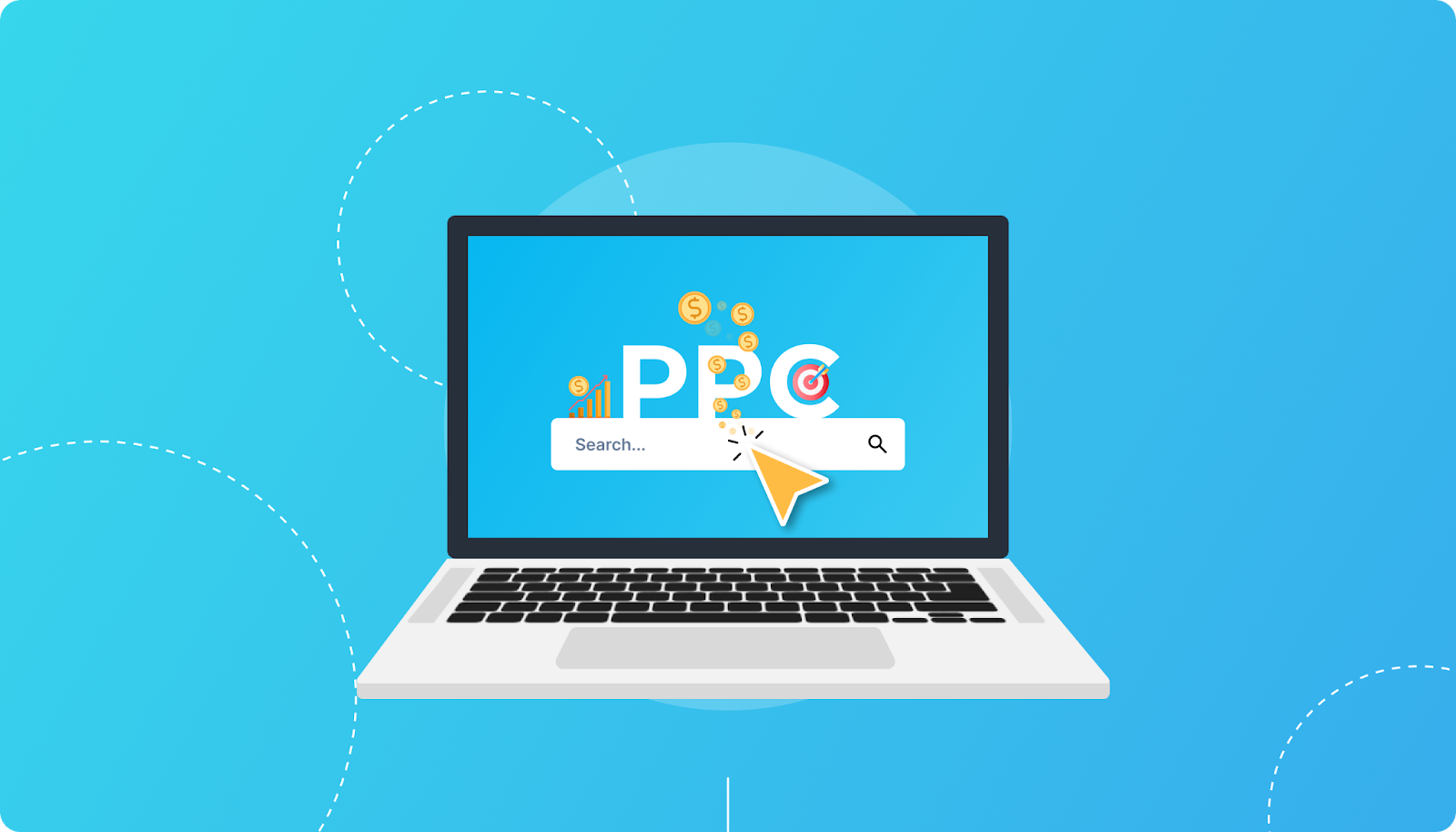
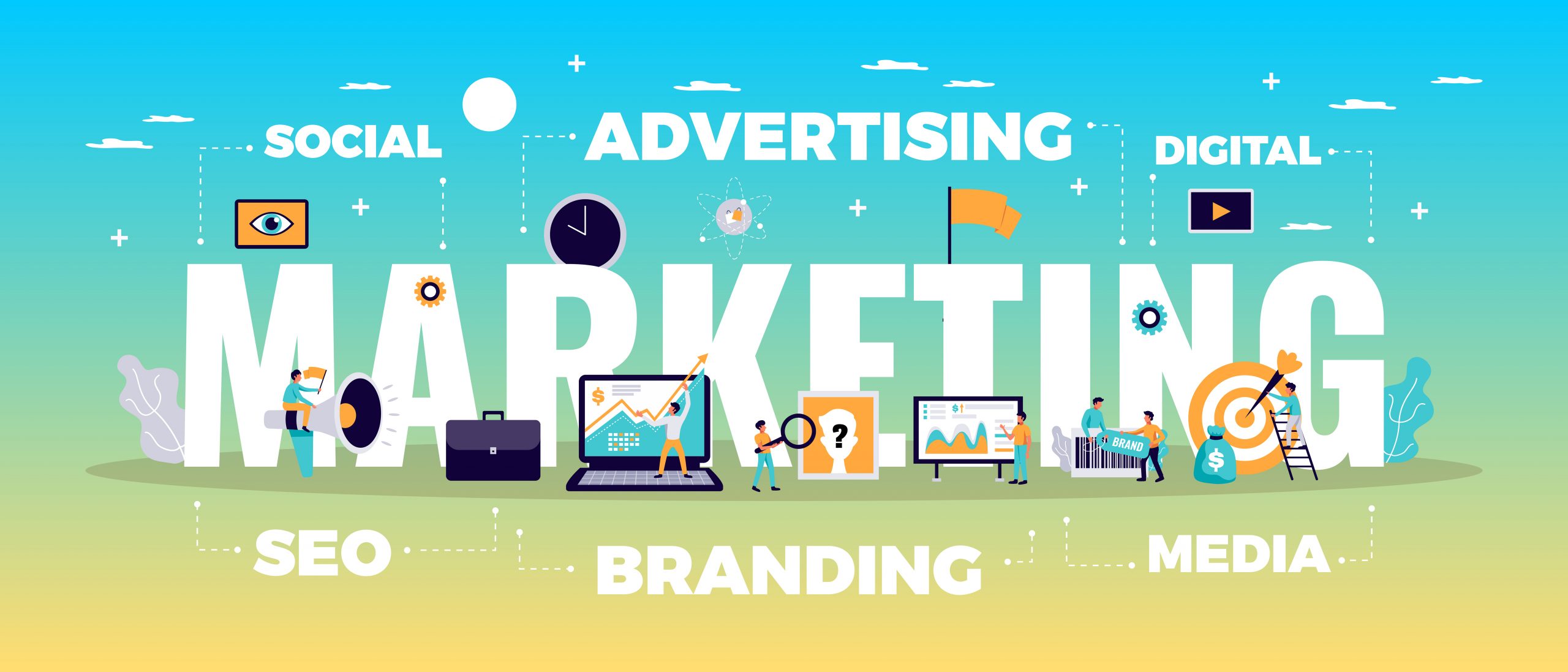
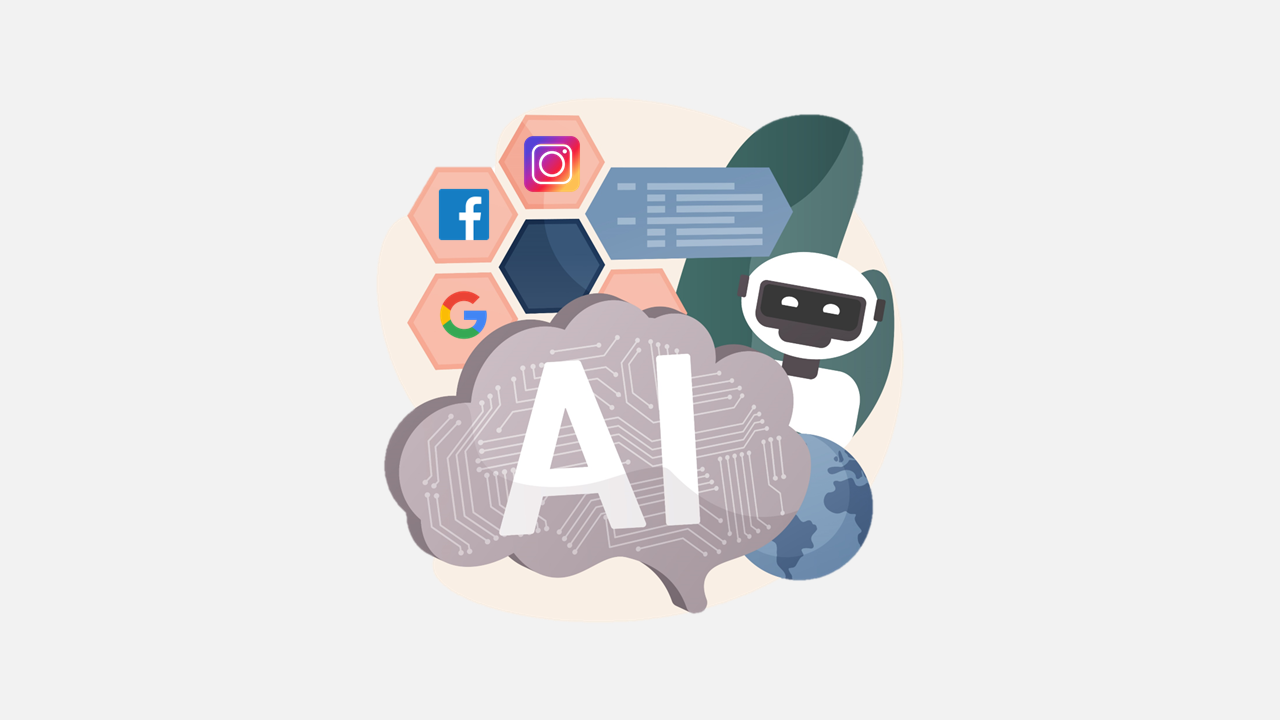
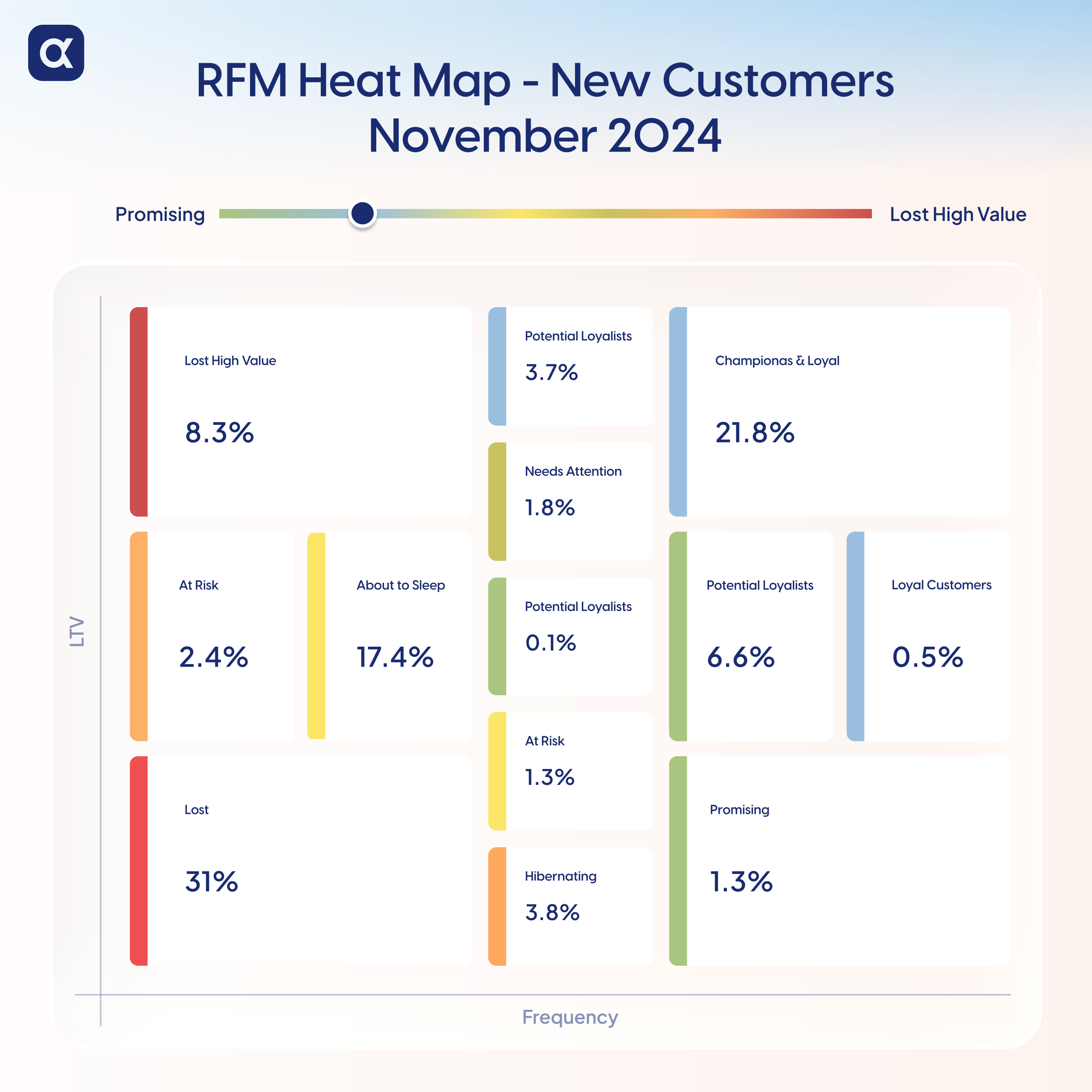
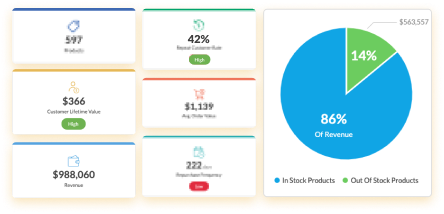
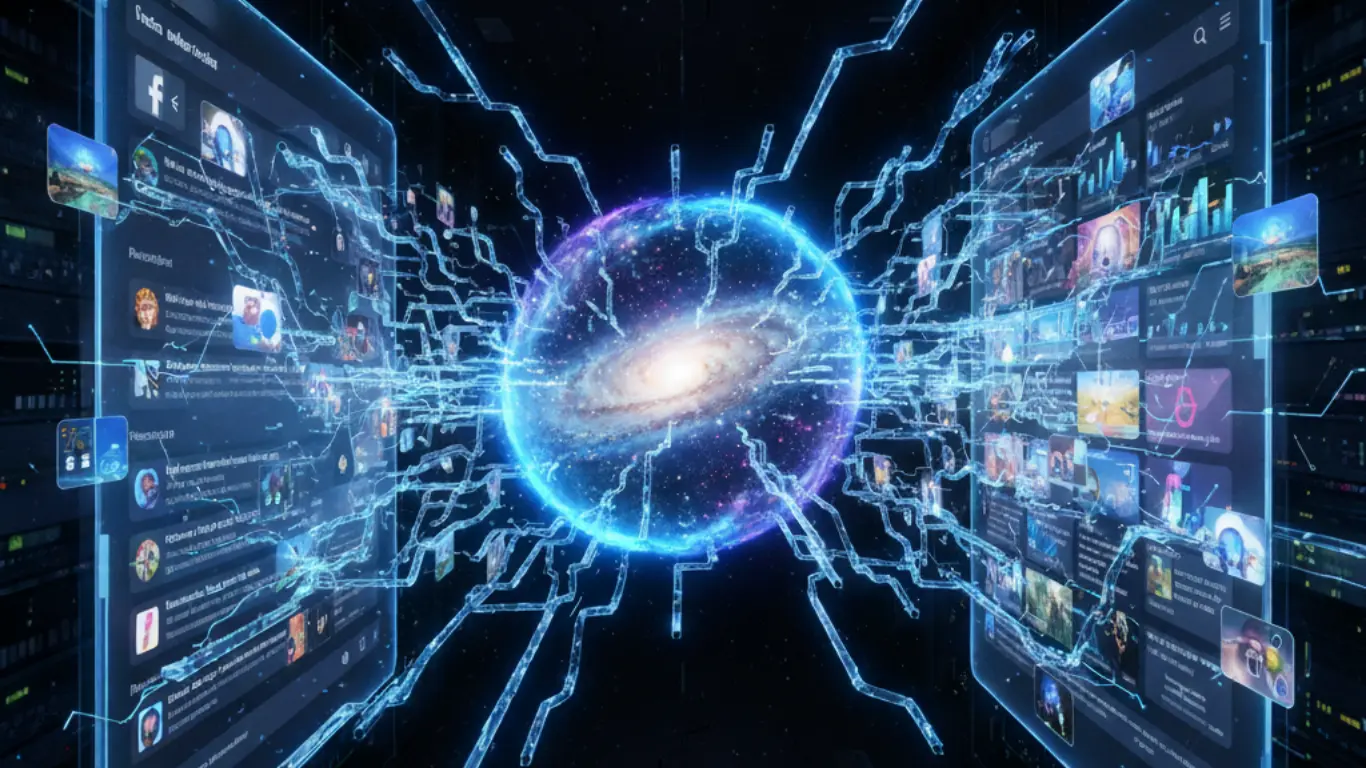
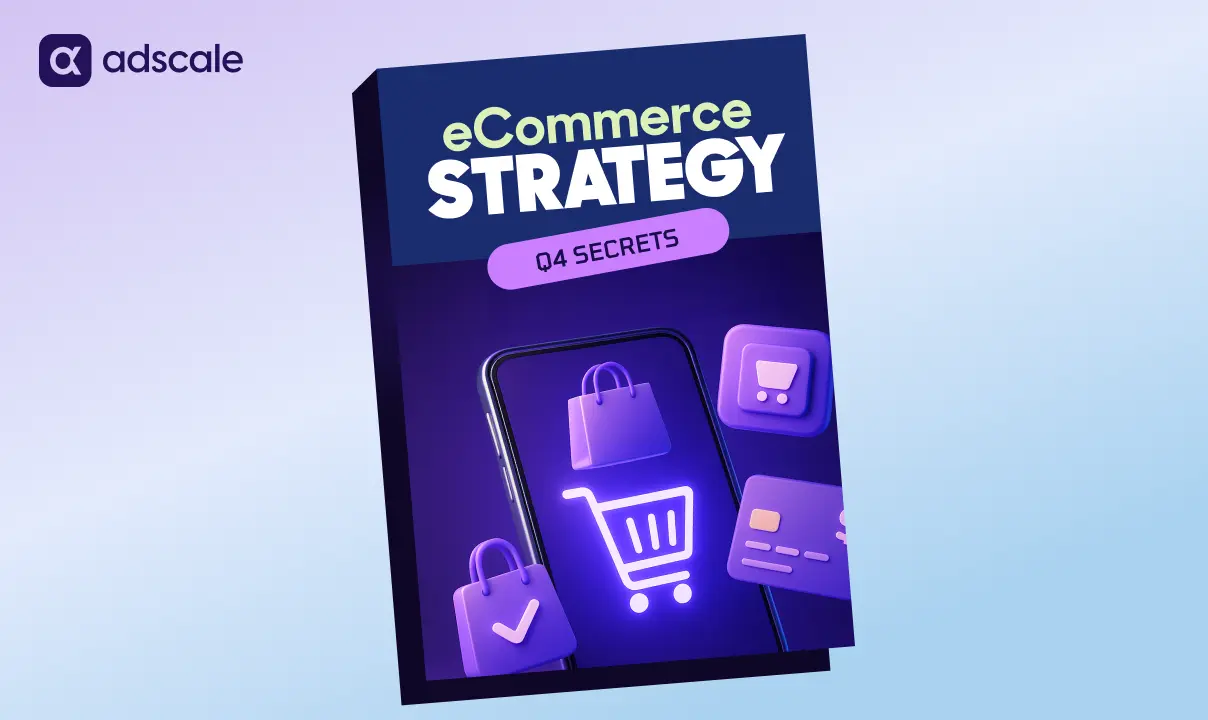
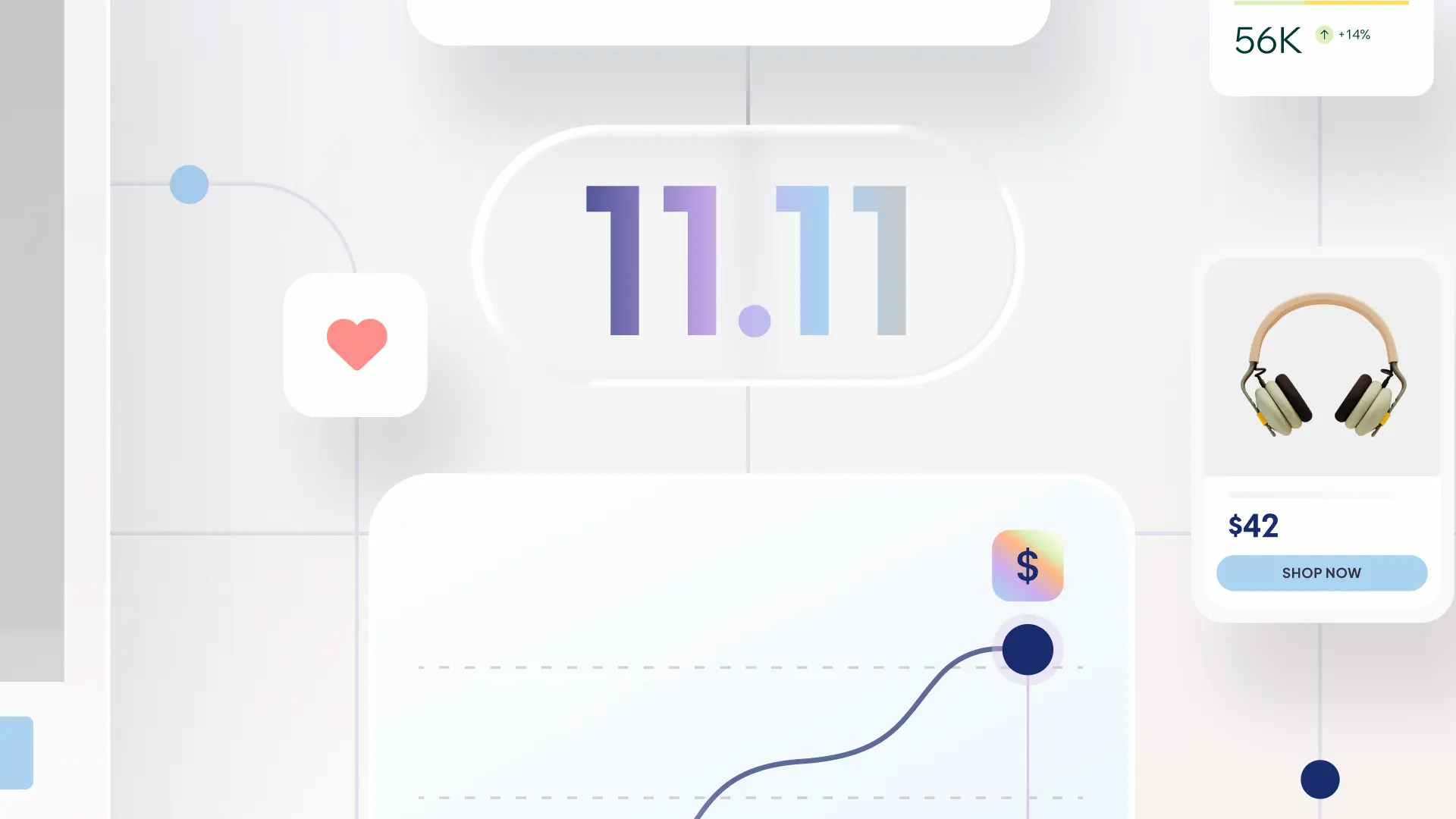



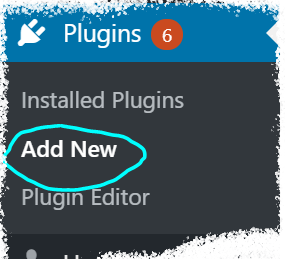
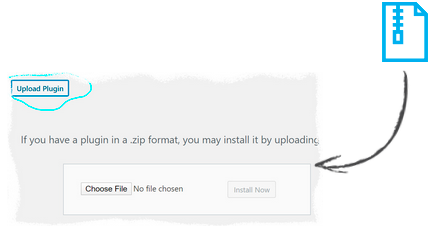
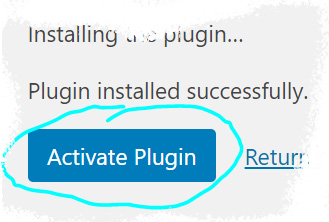
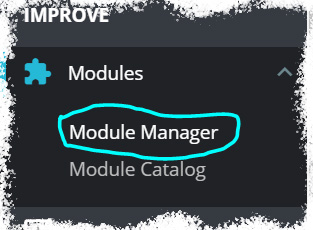
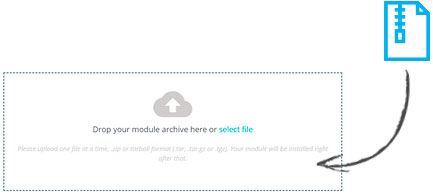
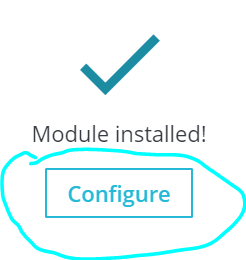



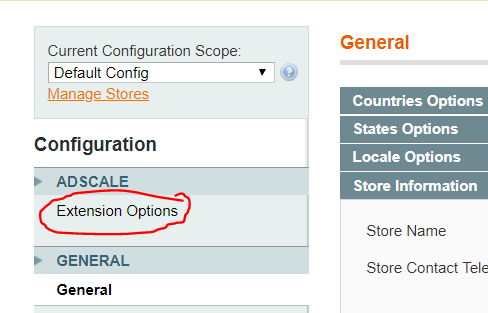
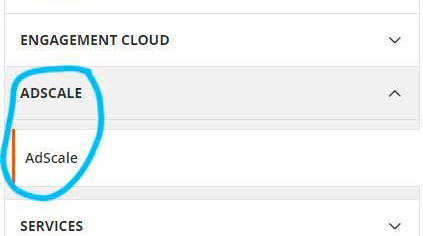
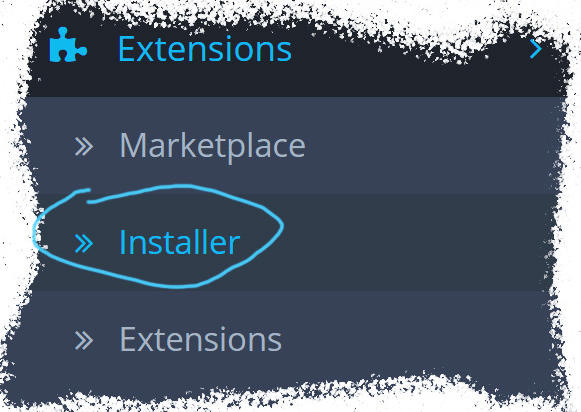
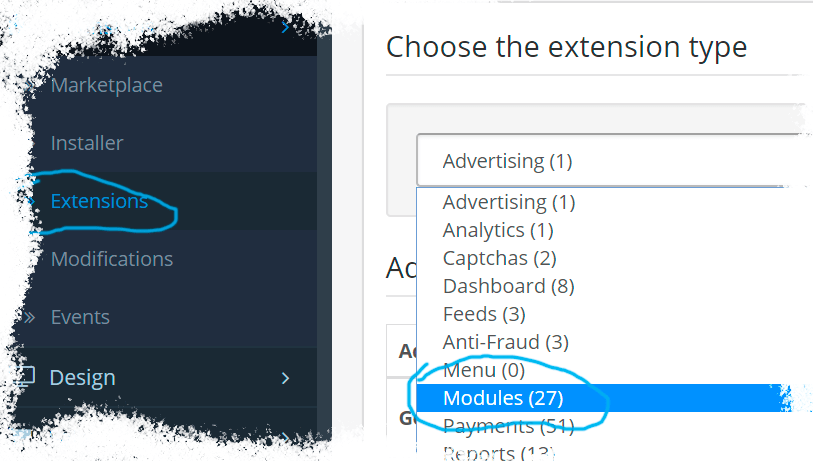
 ,
,